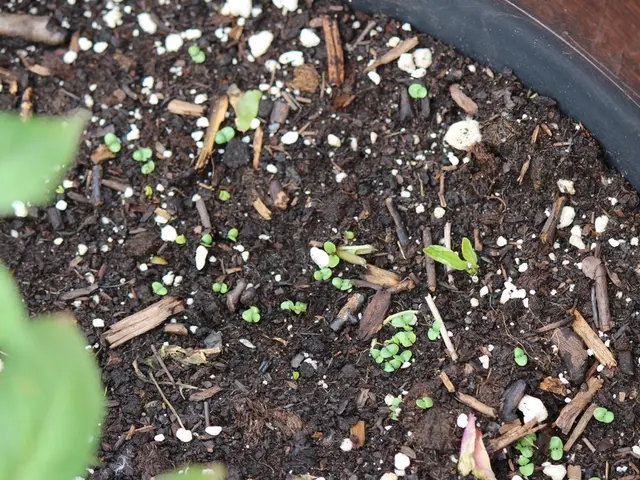Oil production alliance OPEC+ grapples with uncertainty as output increase approaches during a period of falling prices and escalating global tensions
In a critical meeting today, the OPEC+ alliance, comprising eight key oil-producing countries known as the "Voluntary Eight" (V8), is gathering in London to decide on crude output. The decision comes amidst escalating geopolitical tensions and increased pressure from the United States on Russia and its oil exports.
The war in Ukraine and the subsequent US-Russia relations have been under close scrutiny by oil specialists. US President Donald Trump has been vocal about the issue, targeting Russian oil and those who buy it. Trump has imposed higher tariffs on India for its purchases of Russian oil in August, and has expressed frustration with EU purchases of Russian oil, particularly by Hungary and Slovakia. He has called on European countries to stop purchasing Russian oil, arguing that it is funding Russia's war effort.
Beijing, as the largest importer of Russian oil, has also come under scrutiny. Trump has called on European countries to put economic pressure on China for its support of Russia's war effort.
The V8 group, which includes Saudi Arabia, Russia, Iraq, United Arab Emirates, Kuwait, Kazakhstan, Algeria, and Oman, has been focusing on regaining market share since April. A week ago, analysts predicted that the V8 nations would maintain their current output levels in October. However, there is chatter suggesting the group may opt for another quota adjustment for October, which could mean they are serious about regaining market share.
The wider OPEC+ group has agreed to several output cuts amounting to almost six million barrels per day (bpd) in total. Analyst Arne Lohmann Rasmussen of Global Risk Management states that OPEC's analysis suggests room for more oil in the market in the coming quarters. If the group does not boost production, excess supply will gradually lead to lower prices, according to analyst Jorge Leon.
Rasmussen also suggests that the reintroduction of a second layer of voluntary production cuts by the OPEC+ alliance could be encouraged by this analysis. The second layer of cuts refers to reductions of 1.66 million bpd agreed in spring 2023.
Despite the potential benefits of curbing Russian exports, Russia, the second-largest oil producer, may find it difficult to take advantage of a further increase in quotas due to its interest in maintaining high oil prices to finance its war in Ukraine. This could free up market space for OPEC+ nations, but the decision to boost production could be complex.
Crude prices have held up better than predicted since the production increases began, largely due to looming geopolitical risks. Oil prices have been hovering around a low US$65-US$70 per barrel this year, but the excess supply in the coming months could lead to further losses.
As the OPEC+ meeting unfolds, the world watches with bated breath, hoping for a decision that will stabilize the oil market and alleviate the geopolitical tensions that have been plaguing it.
Read also:
- Peptide YY (PYY): Exploring its Role in Appetite Suppression, Intestinal Health, and Cognitive Links
- Toddler Health: Rotavirus Signs, Origins, and Potential Complications
- Digestive issues and heart discomfort: Root causes and associated health conditions
- House Infernos: Deadly Hazards Surpassing the Flames








